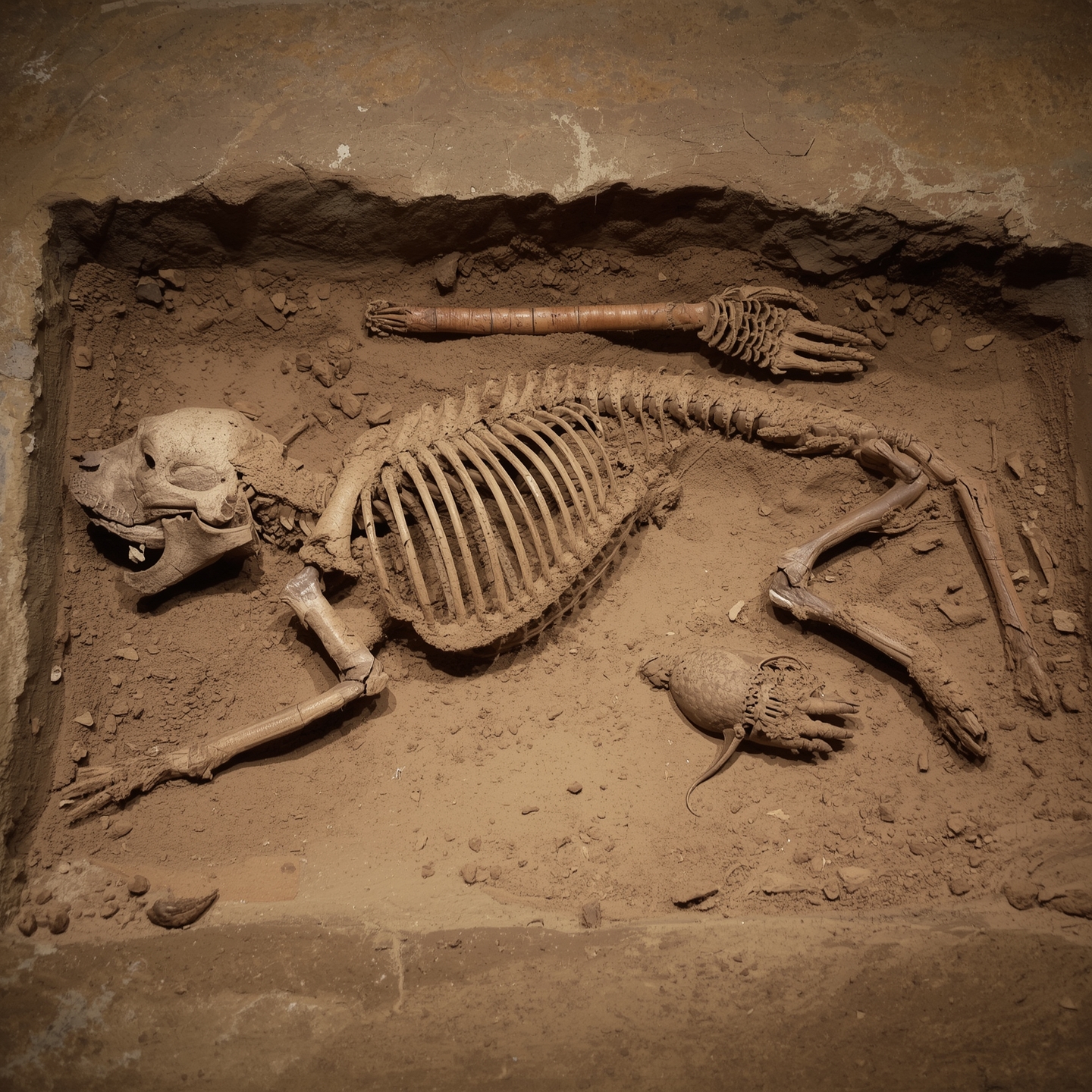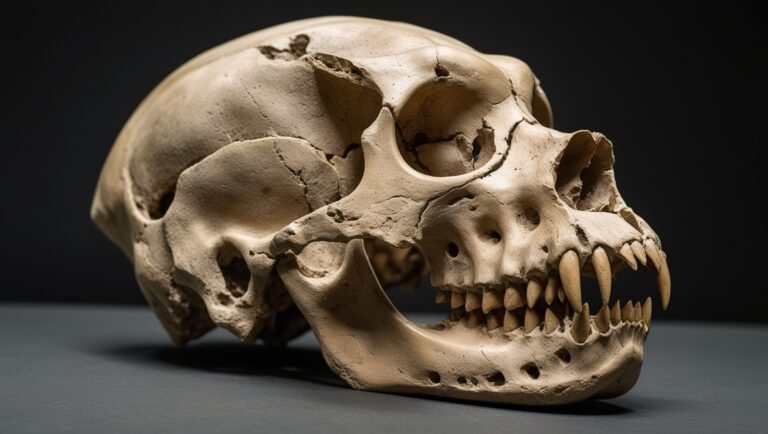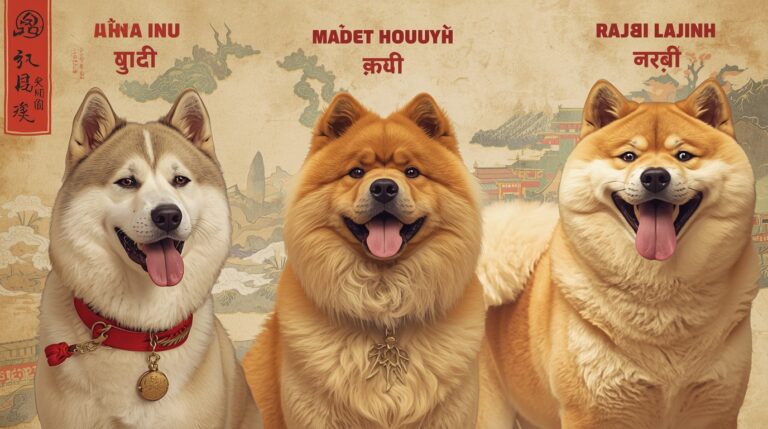Ancient Human-Dog Burial Sites

Introduction: Unearthing the Ancient Bond
Across millennia, one of the most enduring partnerships in human history has been that between humans and domesticated dogs. The discovery of ancient human-dog burial sites across continents offers compelling evidence of this emotional and functional bond. These archaeological discoveries do more than preserve bones; they narrate stories of companionship, ritual significance, and the early domestication of dogs during prehistory.
Why Human-Dog Burials Matter
The presence of dog skeletal remains within human burial contexts suggests that early societies attributed more than utilitarian value to dogs. These were not mere tools for hunting or guarding; they were companions, often interred with care, sometimes with grave goods, and occasionally with signs of medical attention. Their burial reflects an evolving human-canine bond—a unique interspecies relationship that predates the domestication of most other animals.
The First Evidence of Human-Dog Co-Burials
The earliest examples of dog-human co-burials date back over 14,000 years, placing dogs among the first animals domesticated by humans. Sites from Germany, Israel, Siberia, and India reveal repeated patterns where dogs were buried alongside humans, sometimes in curled positions, often facing their owners. These consistent burial behaviors across geographies indicate a shared symbolic understanding of dogs’ roles.
Understanding the Human-Canine Bond in Prehistory
The archaeological record points to dogs being perceived not just as tools but as emotional partners. From Paleolithic hunting bands to Neolithic agrarian villages, dogs appear to have served practical roles—guarding, herding, assisting in hunting—as well as spiritual and symbolic ones. Their presence in graves suggests an early form of animal personhood, where dogs were given funerary treatment similar to humans.
Domestication and Its Burial Implications
Dog domestication, believed to have occurred between 20,000–40,000 years ago, reshaped how early humans viewed animals. This process likely involved mutual benefits: dogs gained shelter and food, while humans received help in hunting and protection. As the domesticated dog (Canis lupus familiaris) began to diverge from its wolf ancestor, its status within human societies began to shift—from wild animal to trusted companion, reflected in ritual animal burials.
The Bonn-Oberkassel Dog-Human Burial (Germany)
One of the oldest known human-dog burial sites is located in Bonn-Oberkassel, Germany, dated to approximately 14,200 years ago. Archaeologists uncovered a human male, female, and a dog buried together. Analysis of the dog skeleton revealed evidence of canine distemper, a disease it survived due to human care. This level of attention implies a deep emotional connection, making it the first definitive proof of a domesticated dog buried intentionally with humans.
Ain Mallaha, Israel: A 12,000-Year-Old Bond
In the Levant, at Ain Mallaha (Eynan) in modern-day Israel, a Natufian burial revealed a woman with her hand resting on a young puppy. This 12,000-year-old site demonstrates early emotional attachment. The burial is part of a cultural pattern where dogs are not just present in human settlements but are given burial privileges previously reserved for people.
Natufian Culture and Symbolic Dog Burials
The Natufian culture (c. 13,000–9,000 BCE) is especially significant in the history of human-animal relationships. These sedentary hunter-gatherers were among the first to bury dogs ritually, often in proximity to human graves. In many cases, dogs were buried individually, and occasionally with ornaments or symbolic items. These practices highlight a growing spiritual significance of dogs and suggest they were culturally integrated into human cosmology.
Ust’-Polui, Siberia: Dogs in Ritual and Death
The Ust’-Polui site in Arctic Siberia, dated to around 2,000 years ago, revealed a large number of dog skeletons, some of which showed signs of ritual decapitation or purposeful burial. Associated with the Samoyedic cultures, the site suggests that dogs were used in religious rituals, potentially as spiritual messengers or guardians of the dead. The site includes grave goods, carved objects, and canine remains, illustrating a complex symbolic representation of dogs.
Zhokhov Island Dogs and Arctic Life
In the Russian Arctic, Zhokhov Island produced dog remains dated to around 9,000 years ago, believed to be early sled dogs. While not buried with humans, their presence in structured campsites, close to human burials, suggests that dogs played integral roles in Arctic survival. Their robust build and dental wear indicate active use in sledding and hunting, and the proximity to funerary features may imply ceremonial importance.
Dog Graves in Neolithic Europe
Throughout Neolithic Europe, numerous dog graves have been found in regions such as France, Switzerland, and Spain. These graves typically date between 6,000–3,000 BCE and often contain complete dog skeletons, sometimes in curled or sleeping positions. The inclusion of burial goods such as pottery shards, tools, or collars reflects the dogs’ valued status in early agrarian societies.
Indian Subcontinent: Nilgiri Hills Dog Burials
In South India’s Nilgiri Hills, megalithic burial sites have revealed dog remains buried alongside humans. Dated to roughly 2,000 years ago, these burials suggest that dogs were part of domestic and ritual life. The co-burial of humans and dogs in stone cists points to shared funerary practices and possibly beliefs about the afterlife, where dogs may have been viewed as protectors or guides.
Characteristics of Prehistoric Dog Graves
Across all regions, certain traits recur in prehistoric dog burials:
- Articulated skeletons, indicating intentional burial
- Grave positioning, often near or touching humans
- Associated items such as tools, bones, or symbolic objects
- Signs of care or injury, reflecting medical attention
These indicators help differentiate ritual burial from disposal of remains, underscoring the emotional and symbolic depth of these practices.
Burial Goods, Positioning, and Ritual Context
Many ancient human-dog burial sites show careful placement of dog remains:
- Dogs laid on their sides or curled
- Positioned at the feet or arms of humans
- Sometimes buried in individual pits
- Accompanied by ceremonial items or grave goods
These patterns reinforce the idea that dogs held ritual significance, not just practical utility. Their burial mimics that of humans, suggesting cultural parity in death.
Symbolic Representation of Dogs in Ancient Cultures
Dogs were often seen as guardians, guides, or liminal creatures—beings that traverse between worlds. In Mesopotamian and Egyptian mythology, dogs and jackals represented death deities or psychopomps. This symbolism may have influenced burial practices, where dogs were seen as protectors of the soul or companions into the afterlife.
Dog Roles in Daily Life: Hunting, Herding, Guarding
In addition to ritual value, dogs were indispensable in prehistoric life:
- Hunting assistants in Ice Age Europe and the Levant
- Herding dogs in Neolithic and Chalcolithic settlements
- Guard dogs protecting early farming communities
- Sled dogs in Arctic regions like Zhokhov Island
Their multifunctional role likely contributed to their spiritual elevation, earning them a place in human burials.
Ancient DNA Analysis of Burial Dogs
Modern ancient DNA (aDNA) analysis allows scientists to confirm the domestication status of dogs in graves. DNA extracted from Bonn-Oberkassel, Goyet, and Zhokhov specimens shows genetic divergence from wolves, proving that these were not wild animals but domesticated companions. DNA also reveals lineage relationships, migration routes, and even diet.
Archaeozoological Insights into Dog Domestication
Archaeozoology, the study of animal remains in human contexts, plays a central role in interpreting these burials. Through analysis of bone pathology, tooth wear, and skeletal ratios, researchers can infer:
- Lifespan and cause of death
- Nutrition and diet
- Use in labor
- Social integration with humans
These insights enrich our understanding of the domestication timeline and dogs’ role in early societies.
Human-Animal Cohabitation and Emotional Ties
Evidence from settlements—dog footprints near hearths, communal refuse pits, and shared burial plots—shows clear cohabitation between humans and dogs. In many cases, injured or aged dogs show signs of extended care, suggesting emotional ties that go beyond utility. These relationships echo modern notions of companionship and loyalty.
Comparative View: Dog vs. Other Animal Burials
While animal burials existed in many prehistoric cultures, dogs were unique in their frequency, proximity to humans, and symbolic treatment. Horses, cats, and cattle were sometimes buried, but rarely with the intimacy seen in dog-human co-burials. This suggests a special status for dogs—an early recognition of their individuality and agency.
Spiritual Significance and Belief Systems
Some cultures believed that dogs possessed protective spirits or acted as guides to the afterlife. Burials often occurred near temples, ritual sites, or along thresholds of settlements, further supporting the idea of dogs as spiritual intermediaries. In some regions, dog skulls were even used in ceremonial architecture, marking sacred spaces.
Thematic Patterns Across Continents
From the Levant to the Arctic, and from Europe to South Asia, consistent themes emerge:
- Dogs as spiritual guardians
- Dogs as emotional companions
- Dogs as participants in funerary rituals
- Dogs as symbols of loyalty, protection, and journey
These patterns suggest that the human-dog relationship was not just local—it was global, ancient, and deeply symbolic.
Challenges in Interpreting Burial Evidence
Despite the wealth of data, interpreting ancient human-dog burial sites comes with challenges:
- Taphonomic processes may obscure original burial conditions
- Dating uncertainties complicate cultural attribution
- Some burials may reflect disposal rather than ritual
- Regional symbolism may be misinterpreted without context
Cross-disciplinary approaches, combining archaeology, anthropology, genetics, and zoology, are essential for accurate interpretation.
How Burial Sites Expand Our Understanding of Dogs
Every burial site adds a data point to the evolving story of dog domestication, migration, and social status. These findings help us map:
- Where and when domestication occurred
- How dogs migrated with human populations
- How dogs became integrated into cultural, spiritual, and emotional life
These burials are not just artifacts—they are testimonies of loyalty, written in bone.
Conclusion: A Burial Legacy of Loyalty
The enduring presence of dogs in human graves across time and geography speaks to one truth: dogs were not merely animals; they were family, guardians, and companions. From Natufian puppy burials to Siberian ritual sites, the archaeological record tells a shared story of trust, cooperation, and affection—a bond that began in the shadows of firelight and continues today, thousands of years later.





